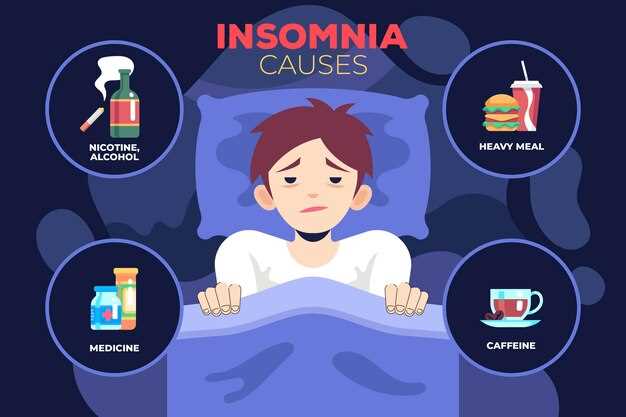
Tamsulosin withdrawal symptoms can be difficult to manage, but there is hope for relief. If you or a loved one are experiencing discomfort or side effects from stopping this medication, it’s important to seek support and guidance.
Our team of experts is here to help you navigate through this challenging time. With personalized care and a compassionate approach, we are dedicated to providing you with the resources and treatment options you need to feel better.
Don’t let tamsulosin withdrawal symptoms hold you back any longer. Reach out to us today for the support you deserve.
Common Withdrawal Symptoms of Tamsulosin
When discontinuing the use of Tamsulosin, some individuals may experience withdrawal symptoms as their body adjusts to the absence of the medication. These symptoms can vary in severity and duration from person to person. Some common withdrawal symptoms of Tamsulosin may include:
- Dizziness: Feeling lightheaded or unsteady.
- Frequent urination: Increased urgency and frequency of urination.
- Orthostatic hypotension: A sudden drop in blood pressure upon standing up.
- Retrograde ejaculation: Dry orgasm where semen goes backward into the bladder.
- Flu-like symptoms: Such as fatigue, muscle aches, and fever.
It is important to note that not everyone will experience these withdrawal symptoms, and they may not occur in every case of Tamsulosin discontinuation. If you are experiencing any of these symptoms or have concerns about discontinuing Tamsulosin, it is essential to consult with your healthcare provider for guidance and support.
Common Withdrawal Symptoms

When discontinuing Tamsulosin, some individuals may experience withdrawal symptoms as their body adjusts to the absence of the medication. These symptoms can vary in intensity and duration. Common withdrawal symptoms may include:
- Increased urinary frequency
- Dizziness or lightheadedness
- Headache
- Nausea
- Fatigue
- In some cases, rebound symptoms of the condition the medication was treating
It is important to be aware of these potential withdrawal symptoms and to seek guidance from a healthcare professional on how to manage them effectively.
Managing Withdrawal Symptoms
During the process of withdrawing from tamsulosin, it is important to manage any withdrawal symptoms that may arise. Here are some tips to help you through this period:
1. Stay hydrated: Drink plenty of water to help flush the medication out of your system and reduce the severity of symptoms.
2. Get plenty of rest: Allow your body to recover by getting adequate rest and sleep.
3. Eat a balanced diet: Eating healthy foods can support your body as it adjusts to the absence of tamsulosin.
4. Stay active: Regular exercise can help improve your mood and overall well-being during the withdrawal process.
5. Seek support: Talk to your healthcare professional about any concerns or symptoms you may be experiencing. They can provide guidance and support to help you navigate this period.
Remember, withdrawal symptoms are temporary and will gradually fade as your body adjusts. Be patient with yourself and reach out for help if needed.
Consulting a Healthcare Professional

During the process of Tamsulosin withdrawal, it is crucial to consult a healthcare professional for guidance and support. Your healthcare provider can help you develop a plan to safely taper off the medication and address any withdrawal symptoms that may arise. They can also provide personalized advice on managing withdrawal symptoms and offer alternatives or additional treatment options if needed.
Your healthcare professional will consider your individual health status, medical history, and current medications to create a tailored plan for you. They can monitor your progress and make adjustments as necessary to ensure a smooth and successful withdrawal process. It is important to be open and honest with your healthcare provider about your experience with Tamsulosin withdrawal, as this will help them provide the best possible care and support for you.
Support Resources Available
If you are experiencing any difficulties with Tamsulosin withdrawal symptoms, know that you’re not alone. There are various support resources available to help you through this process. These resources can provide you with information, guidance, and emotional support as you navigate the withdrawal period.
Online Forums: Joining online forums dedicated to Tamsulosin withdrawal can connect you with others who are going through or have gone through similar experiences. Sharing stories and advice with others in a similar situation can offer comfort and encouragement.
Support Hotlines: Many organizations offer support hotlines where you can speak to trained professionals who can provide guidance and resources for managing withdrawal symptoms. These hotlines are confidential and can offer immediate assistance when needed.
Counseling Services: Seeking counseling services can provide you with personalized support and coping strategies for managing the challenges of Tamsulosin withdrawal. A licensed counselor or therapist can help you navigate your emotions and develop effective techniques for managing symptoms.
Support Groups: Joining a support group for Tamsulosin withdrawal can offer you a sense of community and understanding. These groups typically meet in person or virtually and provide a safe space to share experiences, receive encouragement, and learn from others who are facing similar challenges.
